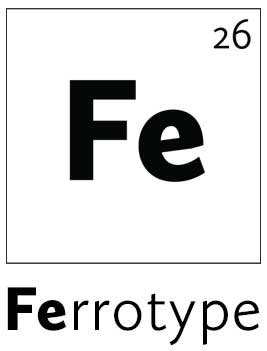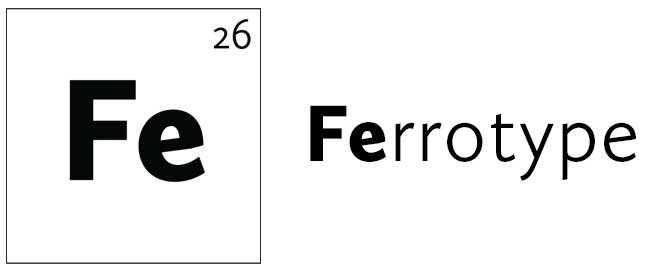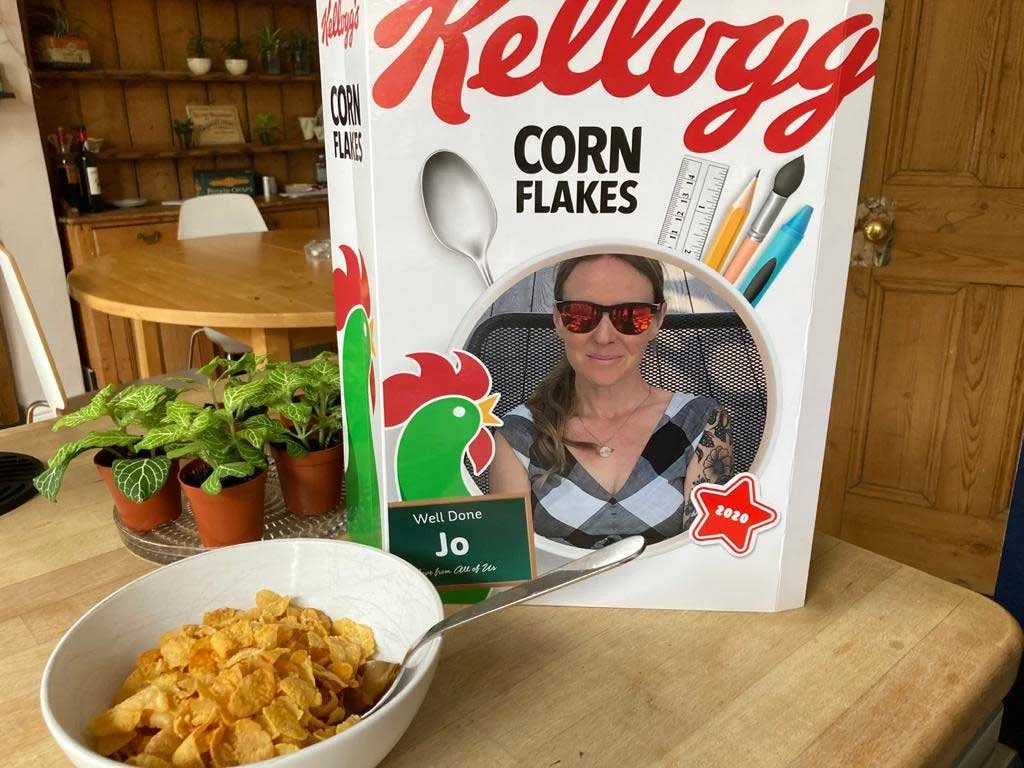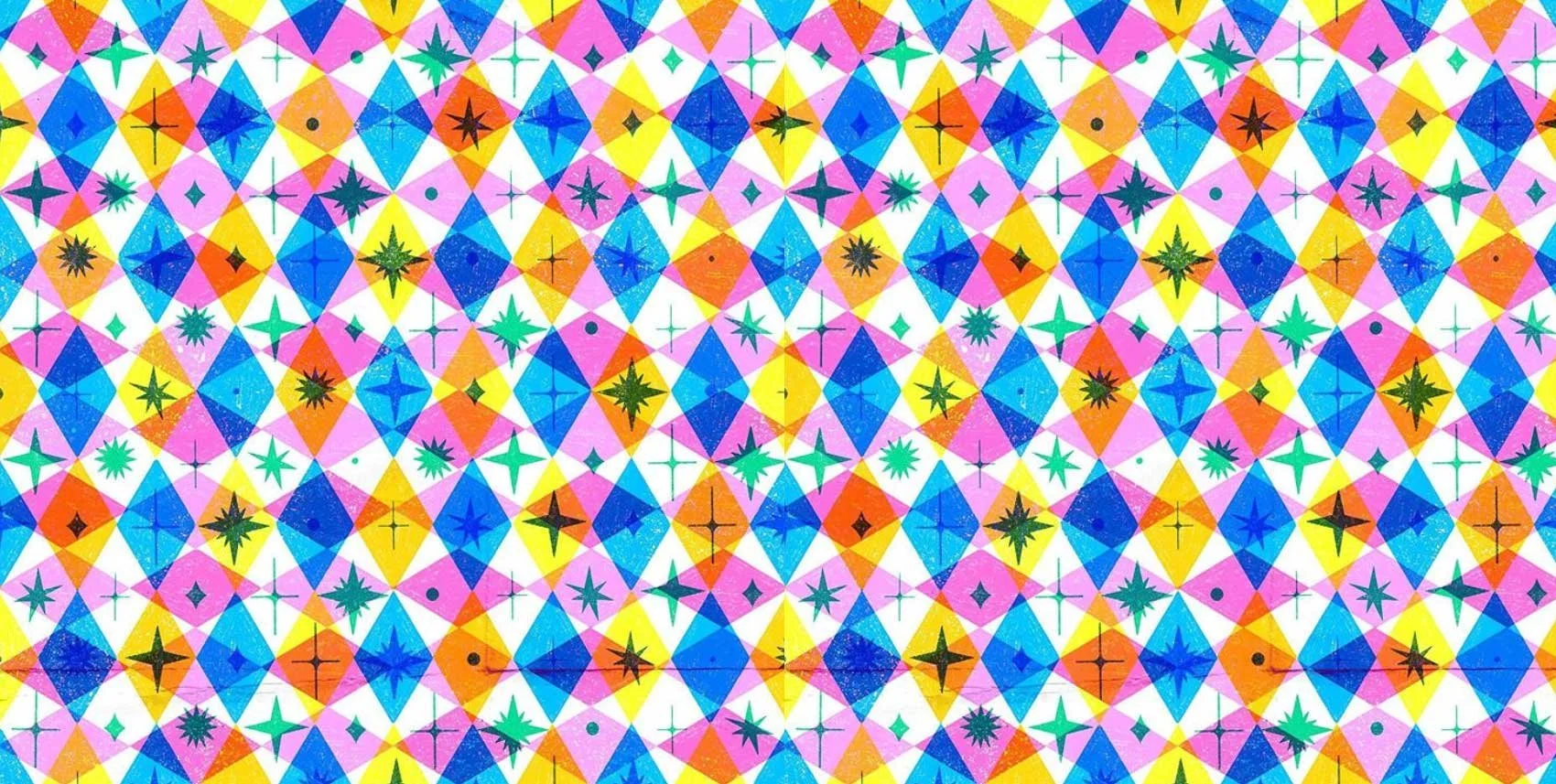Anatomy of a branded notebook
Understanding your branding options
Castelli have made this wonderful example of a notebook combining five different methods of branding. It is unlikely that anyone would choose to combine all five although this example actually does look stunning and shows what can be done with a little bit of imagination. So what are the choices and what do you need to know?
1 - Foil Printing
Foil print is a classic method of laying down a very fine layer of metallic foil, usually gold or silver but other options are available. Highly reflective, it adds brings artwork to life but maybe needs to be used sparingly. See more here
2 - Gel Dome
Gel doming is rarely used but as this example shows it is a striking way to give your artwork an extra dimension. Quite literally, as it involves adding high-gloss 3D curved gel over a printed area. As the example here shows, it can give focus to an element of the artwork without overpowering it. See more here
3 - Blind Emboss
Blind embossing is the classic branding method, chosen by most people. It is simple, subtle and yet very powerful. Made by stamping the artwork into the cover to create a relief effect, it gets that balance between branded and discreet just right. See more here
4 - Digital Print
Digital printing has become the go-to process for adding colour. Where once we had to rely on screen printing, technology has progressed over the past 5-10 years to now make digital printing the default option. From a single colour to complex designs, digital printing gets amazing results, as you can see. It also lays down ink which can create a very fine relief. This gives the finished result an air of quality that flat digital printing just wouldn’t achieve. See more here
5 - Digital Print with Spot Varnish
Take your digital printing to another level by applying a spot varnish. This is something that needs to be used sparingly, as the name would imply. Just use it in spots. But when used well it adds a gloss finish that will bring the artwork alive.
Find Out More
Get in touch with us to see what we can do for you. We are here to help advise and get you the best possible result. It may not be the most obvious solution.

















You might have heard about a B-Corp company, but do you know what one is? Is it a good thing or marketing greenwash?